Confusing Labels
When I started to transition products in our home to more natural options, I found all of the logos and terms on the back of cleaning and personal care products to be extremely confusing! I had purchased a “natural” deodorant online that was advertised as aluminum-free. Much to my surprise, when I scanned the barcode on the new deodorant before using, I discovered this “natural” deodorant contains triclosan. Triclosan is a harmful toxin added to many deodorants, soaps, detergents, and toothpastes. It is used for its antibacterial and antifungal properties. Triclosan has been linked to endocrine and thyroid malfunction, reproductive toxicity, weakening of the immune system, and can cause allergies, asthma, and eczema in young children when exposed at an early age. Needless to say, I chucked this “natural” deodorant and opted for a cleaner one. But I learned an important lesson, just because something says 100% organic does NOT mean it is 100% non-toxic.
Natural, Organic, Vegan, and Clean Products: Definitions
Familiarizing yourself with the proper terminology can help you avoid mistakes like I made above when purchasing your own non-toxic replacement products. These terms have different meanings and are not interchangeable…a product that is 100% vegan is not necessarily clean and toxin-free.
When a product is labeled as organic, this means the plant or animal was grown or raised without the use of chemicals, hormones, and antibiotics. Organic beauty products and cleaners are only required to have a very small percentage of an organic ingredient to be “organic”.
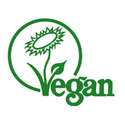
The vegan logo certifies products do not contain animal extracts or by-products in both the ingredients and the manufacturing process, but there are no legal regulations on products labeled as vegan. These products may still contain toxins such as artificial fragrances.
Products labeled as “natural” follow along the same lines as organic in the sense that there is only a marginal amount of naturally-sourced, plant-based, or mineral ingredients. Natural products could also have a shorter shelf life since they do not contain toxic synthetic preservatives.
Finally, there are “clean” products. Clean products will generally be free of sulfates, silicone, phthalates, parabens, pesticides, petroleum and petroleum derivatives, and artificial dyes and fragrances. In my opinion, clean products are the best choices to make when replacing toxic beauty and hygiene products.
Deciphering Product Labels
Labels can be deceiving with tons of logos and symbols. It can be difficult to know what the meanings of all of these are. Ingredients are typically listed from highest concentration to lowest. Translating some of the names of these ingredients can be mind-boggling. Luckily we live in the age of Google. If you are questioning a product or its ingredients, look it up! There is so much information literally at your fingertips.
Logos to Look For

The Soil Association Organic Logo – This logo certifies a product is sourced and manufactured using sustainable and organically-farmed ingredients. It also means the product is not tested on animals and is free from harsh chemicals, as well as, artificial dyes and fragrances. You will see this label on products produced and sold in the UK.
The Public Health and Safety Organization founded NSF International in the 1960s. NSF is an independent organization and has developed rigorous product standards including 140 currently active public health statutes. The NSF symbol, which is internationally recognized, can be found on all kinds of products from small appliances and personal care products to food and drink and so much more.

Takeaways
Labels can be confusing. Be wary of products marked as “natural” or “organic” because, again, there are no real regulations regarding the labeling of these products. Products labeled as organic or natural may still contain toxins like triclosan and artificial fragrances. Also, pay close attention when purchasing products online unless it is a product you have used and trust. Research your products before buying if you are unsure to avoid wasting money on products you will not use.
I also recommend using an app [yes, again] to help scan products to easily decode beauty and cleaning product labels. I cannot stress enough how easy an app like EWG‘s Healthy Living or INCI‘s Think Dirty will make your product choices and your life!

***SO EXCITED TO ANNOUNCE OUR FIRST GUEST BLOGGER!!! ***
I am proud to introduce Gabi, the owner of C6 Beauty, a Düsseldorf based blog dedicated to the art of zero waste and natural beauty.
Before dedicating herself to being a blogger, she spent many years studying chemistry and also obtained a doctorate. It was through this education and scientific knowledge that she became passionate about creating her own homemade products. She loves to study what’s behind every single ingredient and discover its benefits, and is always happy to share what she’s learned!
Welcome Gabi and watch for her post later this week!
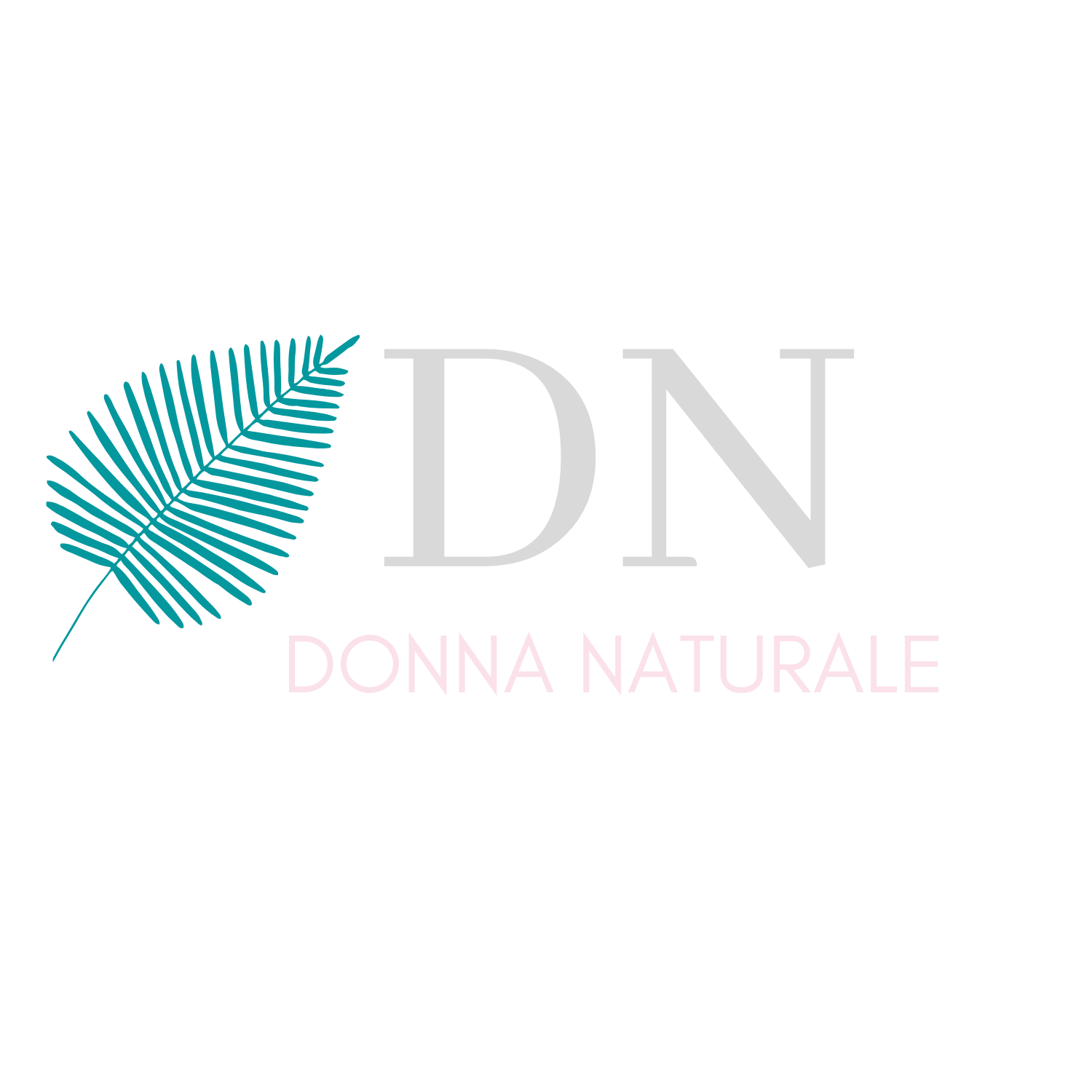
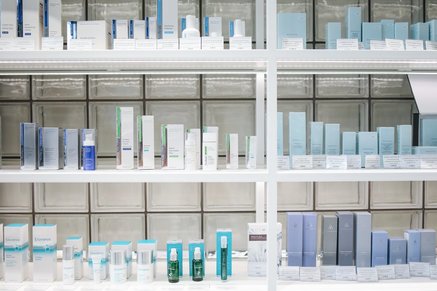

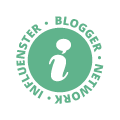


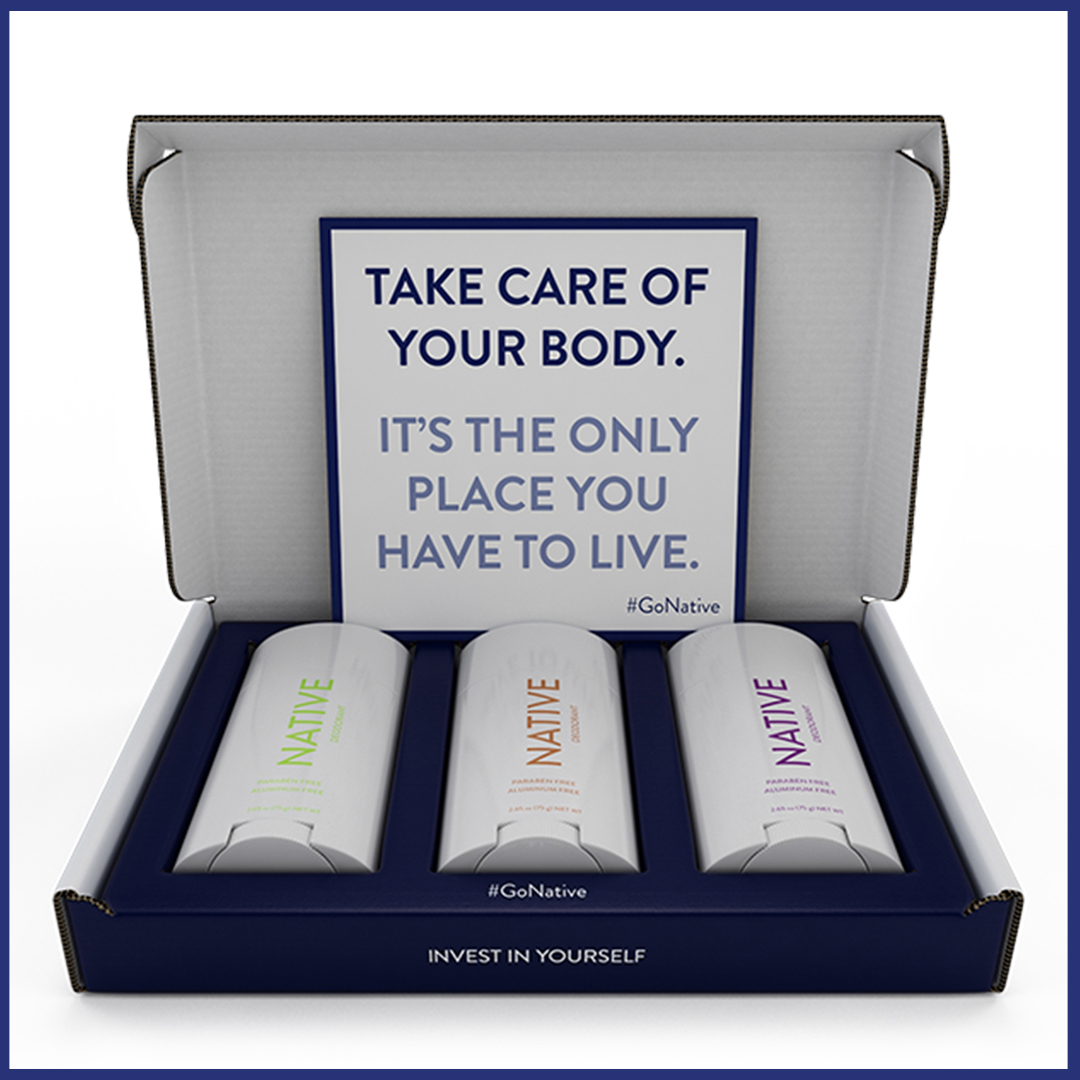





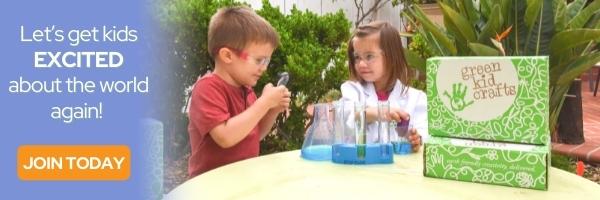

I love reading logos and food labels. Maybe its because i dont want any surprises in my food
So informative. Learned so much from here. Thanks!
It’s really important!! Thank you🙏
Great information, i am inspired by such an informative article.
a real eye-opener.
I work in the pharmaceutical industry, so I’m familiar with many of these terms and I think it is really useful to explain it to wider audience too.
Thank you for this post, it’s really informative!
Thank you so much for sharing! I had no idea about this!
bossbabechroniclesblog.com
I know that a lot of products that advertise as natural, or healthy, or no added sugar, etc – are not as honest as they seem when you read the label. It’s important to know what everything means before you buy something and start using it on your body.
Learned from this post, now I’m checking some stuff here at home. Thank you for sharing!
This is a super important to talk about. We gotta make sure that we fully know the products that were putting into our bodies !!!
This is really informative. I learnt something new today:)
Very useful information as sometimes products are mislabeled as vegan or organic and they aren’t. Important tips here!
I totally can relate to this. Thank you for listing
I never cared about the logos, but I guess after reading this. I need to keep looking on logos on products.
Sounds very informative and helpful article. The logos look awesome 🙂
This is so helpful! I often get confused because of all these labels. Your last point is also important. It is important to be wary and not immediately believe anything especially in this industry
I sometimes get confused when purchasing natural products. This article helps with that.
Labels can be so confusing! When you just want to get the healthiest foods possible, it helps so much to be able to understand the labeling system. Thanks for the post!
Thanks for sharing this! Labels are so confusing nowadays, and a lot of companies are taking advantage of that, touting their products as “organic” or “natural” in order to make people believe they are safe to use. However, upon closer look you find there are questionable chemicals in the ingredient list.
Absolutely Kathleen! And watch for that added fragrance, it’s the worst!
Vegan products are often beneficial in my mind because they can be more sustainable, for the environment.
Vegan products do tend to be more sustainable and mostly clean, but still have added fragrance and sometimes added synthetic materials. This is one of the reasons I love the EWG scanner app. It makes finding cleaner products so easy! INCI’s Think Dirty app is also pretty good too.
this is helpful! I didn’t know natural or organic products can also contain toxins. good to know!
I liked this post, some of my misconceptions were cleared. Thanks
This was such a helpful article! Now I know how to better read my labels, thanks!
a very informative article provided that we live in this sustainable needed world. definitely going to be looking for this logos
Talking about thes things is very important in the face that more and more people make confusion by not understandig what can really natural or not!
I am absolutely going to bookmark this piece. I am also all about the natural options, and so appreciate your research and help in navigating the genuine from the insincere.
Thank you Chelsea!
Great and helpful info! Very informative
well sometimes its happen to me also